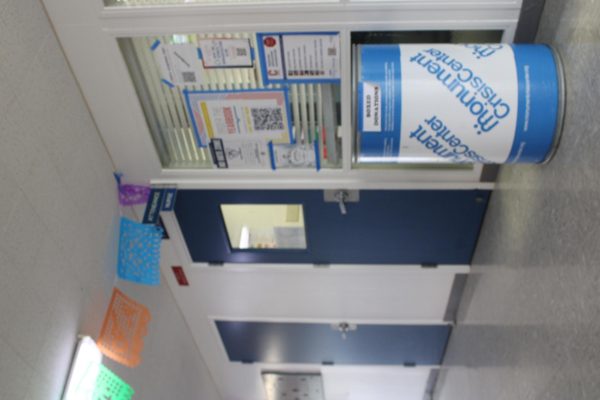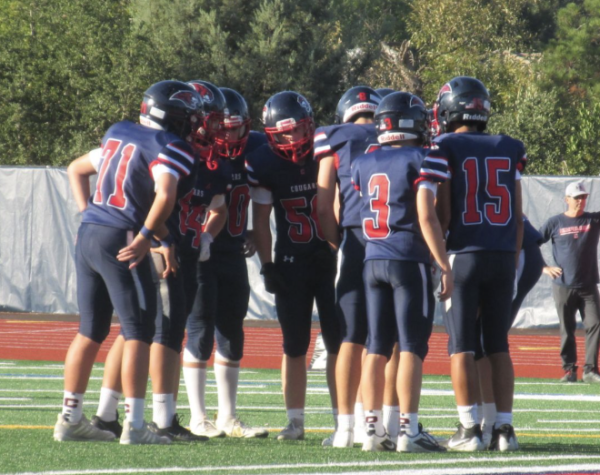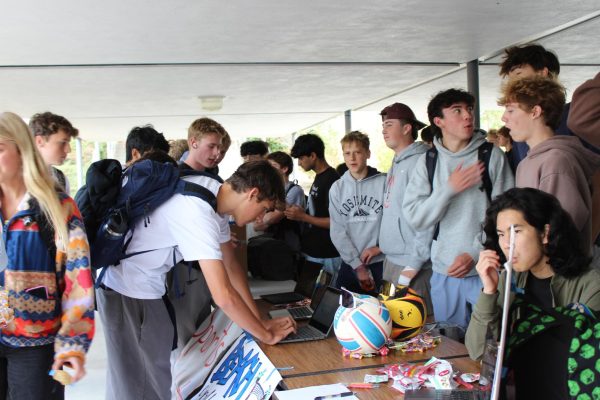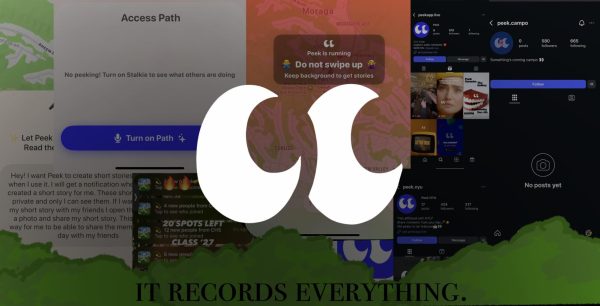Dissections Complement Physiology Curriculum
For Human Physiology and Anatomy students, the most anticipated, or dreaded, unit of the year is the notorious cat dissection. While the pandemic has greatly affected the typically hands-on aspect of the class, hybrid has allowed for an adaptation of the project giving both online and in-person students an up close and personal view of the body’s complex systems.
This year, cohorts A and B are participating in an abbreviated cat dissection starting April 8 while cohort C students follow along at home by dissecting a chicken.
Physiology teacher Roxanna Jackman said, “The dissection of the cat (and I hope the chicken) allows students to see what the tissues that they learned about in Chapter 3 really look like and how they interact.”
She added, “The dissection also is a skill. Sometimes a student who has struggled on tests and quizzes shows a real aptitude for dissecting. In a medical practice you would say, ‘They have good hands.’ It is surprising to see who has this skill.”
In preparation for the unit, students constructed a paper model of a dissected cat with layers of muscle and organ diagrams prior to spring break. They also created videos to demonstrate what they had learned.
“I ordered up the paper cat dissection models last winter, when I was scrambling for things to do that helped my students walk away from their computer while learning,” said Jackman. “Most importantly though, the videos that students made enlightened me about some misconceptions that they had.”
Senior Audrey Gregg said that the paper models were “pretty useful,” and, “So far we’ve only dissected the major muscle groups of the cat’s legs, but I think once we open them up and see their inner organs it will be very similar to the paper model.”
Compared to previous years with full classrooms participating in dissections, “Dissecting during our hybrid classes is easier because I only have a handful of students in the room at a time, but it is harder, because I’m doing more of the setting up and cleaning up of all of the cats myself,” said Jackman.
While students in Cohorts A and B were performing their cat dissections during class, Cohort C students filmed videos of themselves dissecting a chicken leg from home.
“Overall it’s definitely something I would never do unless required for a class. I kind of felt like I was mutilating it because I was confused on whether I was dissecting this piece of chicken right,” said senior Connie Kim, adding, “But it was super helpful in looking at the muscles because we always see diagrams and pictures but rarely can identify and see it in front of our own eyes.”
Jackman described the 1st dissection day as, “probably the best day teaching I have had so far in a year.”
“I think it was because I walked away from my zoomers, and just focused my attention onto the students in class, working at their lab tables…I spent most of the period with students who I could see were engaged and learning,” said Jackman.
Gregg agreed that participating in class has been a better school experience because, “My class and Ms. Jackman are very fun and social and it’s nice to just talk to people in person.”
“I’m really glad I got to do it [the cat dissection] this year and for anyone considering it, I would definitely recommend it. It’s very cool to have such a hands-on lab,” said Gregg.
“It’s sad we couldn’t do the dissections in class if you were Cohort C because otherwise instead of a common chicken we could have gotten the rare, and kinda more interesting, chance of a cat,” said Kim.
According to Jackman, while hybrid has increased participation among in-class students, “more students than ever are disengaging on zoom. More students are keeping their cameras off, and that is just very discouraging to teach to.”
“I want to give a huge thank you to the students who are still turning on their cameras, replying to chat prompts, asking questions and participating in break out rooms. I know it’s hard to keep the motivation up, and I am so, so, so, so, so appreciative of those that are still working at it,” she said.
Your donation will support the student journalists of Campolindo High School's The Claw. Your contribution will allow us to produce more issues and cover our annual website hosting costs.
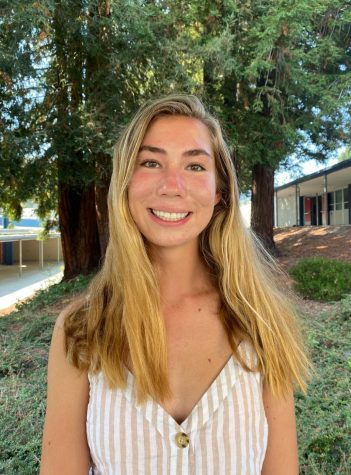
Senior Gracie Woidat has a passion for both working and caring for people and animals. She has found her calling by volunteering at the Lawrence Hall of...
